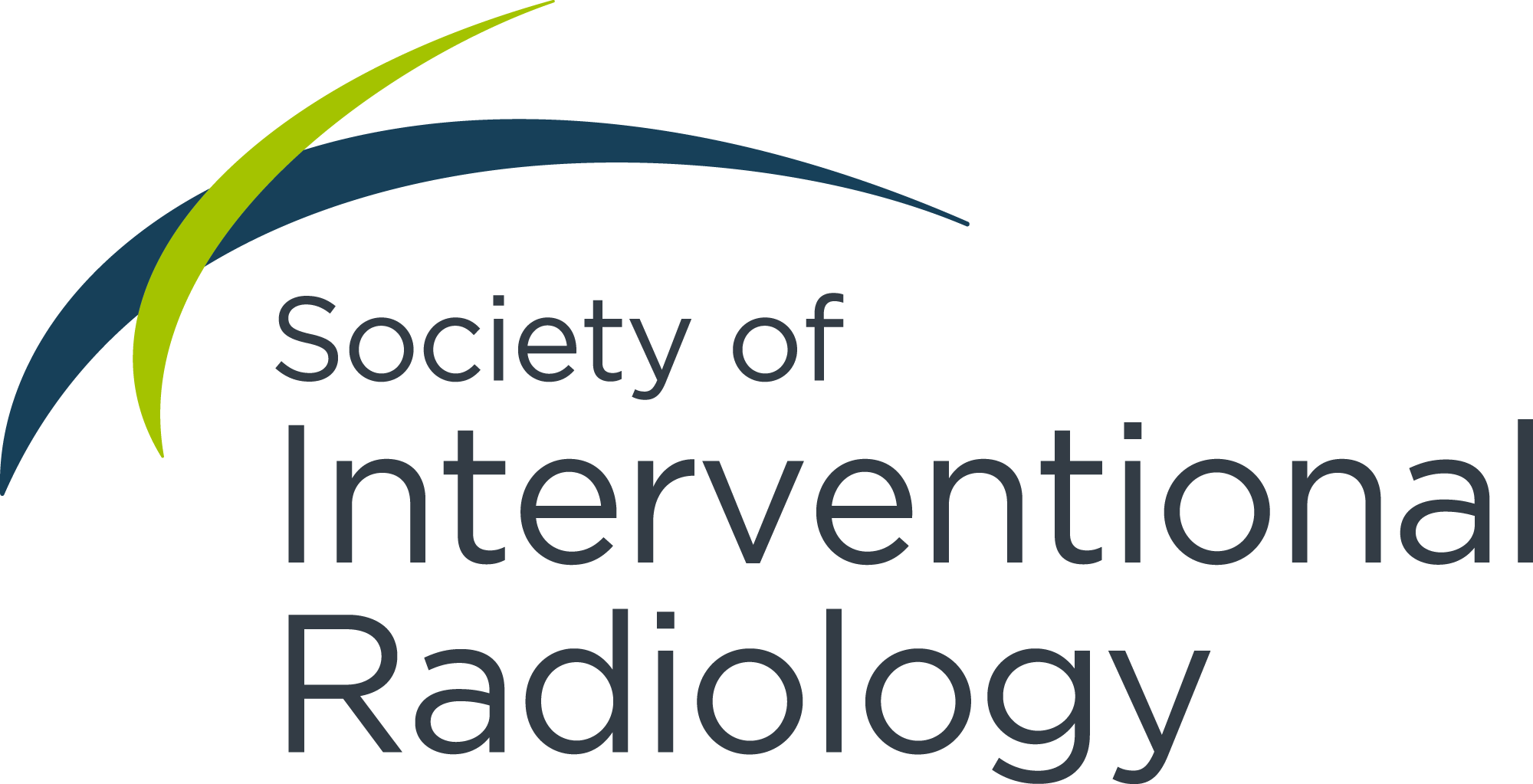Read the full article on JVIR:
Tell us about you, your research team and your institution.
John M. Moriarty, MB, BChL: I was born and raised in Dublin and did my medical training there. I followed in my father and grandfather’s footsteps and came to the United States for specialty training. I went to the University of California, Los Angeles, for my IR and cardiac intervention fellowships. I stayed on and have been on faculty at UCLA for more than a decade and am now a professor and vice chair of clinical research. My main clinical practice, and certainly my research focus, is on pulmonary embolism (PE), venous thromboembolism (VTE) and filters. UCLA’s VTE program is world class. We have a terrific collaboration with our colleagues on the pulmonary embolism response team (PERT) and our IR group is very invested in teaching, research and expanding our clinical practice. We have a fantastic research team and have been involved in pretty much all the major PE trials. Overall, here at UCLA IR, we are like-minded in terms of wanting to do good work, help patients and continue be the center of excellence for clot treatment.
What was the focus of your study?
JM: The STRIKE-PE study is a clinical study focused on evaluating the safety, efficacy and long-term outcomes of Penumbra’s Indigo Aspiration System for treating patients with acute intermediate or high-risk PE. This prospective, multicenter international study aims to determine if computer assisted vacuum thrombectomy (CAVT) can improve patient outcomes both at intervention and through a 1-year period.
Why did you set out to research this topic?
JM: Care for pulmonary embolism is in the midst of an evolution, with a huge amount of excitement over endovascular thrombectomy to treat this common and lethal condition. Even now, there’s no true consensus on how to treat these patients because of the lack of data to support one method over the other. We are in a much better place than 5–6 years ago when the primary standard of care was thrombolysis or open embolectomy, which can come with high risk or long ICU stays. This area is ripe for innovation, and we are seeing more sophisticated technology come on the market.
Now with CAVT, there is a device option that not only uses vacuum aspiration to remove clot endovascularly but also leverages an algorithm to process pressure and flow-based algorithms that quickly detect when the device is in blood flow or blood clot. This device can turn the aspiration on and off much faster than what can be done manually. The goal is to reduce blood loss while more rapidly removing a clot.
This research seeks to expand our knowledge on patient quality of life and functional outcomes beyond the periprocedural period, which is of increasingly huge importance. STRIKE-PE is a rich dataset with information that has previously been very limited in the space. Between the device innovation and study design, I hope to continue moving the field forward and deepen our understanding of patient recovery.

Elsevier
What are the key takeaways?
JM: While the study is ongoing, we are seeing results that are exciting: treatment with CAVT is safe, effective at reducing right heart strain, and improves clinical outcomes like heart rate and respiratory rate. What’s especially interesting is the quality of life and functional outcomes that we’ve seen. Specifically, patients have shown significant improvements in dyspnea by discharge, increased walking distance, and returning to pre-PE state with no significant difference in the New York Heart Association (NYHA) classification from before the event to 90-day follow-up. In our interim analysis, significant improvements were reported from baseline to 90-day follow-up across the generic quality-of-life questionnaire using the EQ-5D-5L dimensions and EQ-5D-5L index value, EQ VAS, and overall, PE-specific quality of life using the validated PEmb-QoL tool.
How do you think this research could impact treatment, practice or clinical processes?
JM: The latest STRIKE-PE data adds to the growing body of evidence that demonstrates the significant benefits of thrombectomy, and in particular, CAVT. Mechanical thrombectomy has been around for many years and is typically used for patients who are high risk. However, there has been a hesitation to use this intervention on intermediate-risk patients given the lack of high-level data. The STRIKE-PE study is promising because early reports show clear benefits of the technology; not only can it safely remove thrombus, but the resulting impact to the patient’s overall functional outcomes is significant. This suggests that CAVT should be considered a valuable frontline treatment option. While more data is needed, this is a meaningful step forward in demonstrating the benefits of CAVT, which is needed to really impact treatment decisions, guidelines and patient care.
What are the next steps?
JM: Enrollment is rapid. Given the level of interest both here and abroad, we are expanding the STRIKE-PE study from 600 patients to 1,500 patients. This expansion will broaden the trial beyond the United States and Europe, becoming one of the largest PE trials with long-term follow-up data. This increase will also enable more detailed subgroup analyses, especially for higher risk patient populations. In addition to STRIKE-PE, Penumbra is conducting a randomized clinical trial in collaboration with the PERT Consortium and the STORM-PE trial, comparing conservative treatment with anticoagulation alone to anticoagulation with CAVT. This level of evidence will build on the single-arm data to help further inform best practice.
Disclosures: President elect, The PERT Consortium. Research or consulting: Penumbra inc, Inari Medical, Angiodynamics, Innova Vascular, Inquis Medical, Caeli Medical, Retriever Medical.



